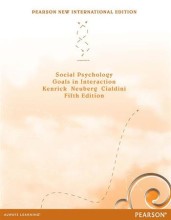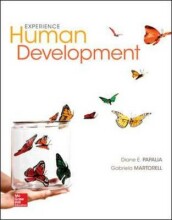Summary: Pioneers Of Psychology - A History 4E Ise | 9780393913378 | Raymond E Fancher
- This + 400k other summaries
- A unique study and practice tool
- Never study anything twice again
- Get the grades you hope for
- 100% sure, 100% understanding
Read the summary and the most important questions on Pioneers of Psychology - A History 4e ISE | 9780393913378 | Raymond E. Fancher.
-
1 Rene Descartes and the Foundations of Modern Psychology
This is a preview. There are 3 more flashcards available for chapter 1
Show more cards here -
1.1 Descartes Early Life
This is a preview. There are 2 more flashcards available for chapter 1.1
Show more cards here -
Which three forms of souls does Aristotle describe?
Vegetative: all living creatures
Sensitive: Locomotion, sensation, memory (sometime animal soul)
Rational: immortal, place of reason and moral
-
1.1.1 Descartes Method
This is a preview. There are 2 more flashcards available for chapter 1.1.1
Show more cards here -
What are D's simple natures?
Units of indubitable bits of truth that are clear (immediatly in experience) and distinct (incapable of further analysis). He found motion and extension (spatial dimension) as the only true simple natures.
-
What made D. a solitary philosopher?
D.'s method included doubting everything to the last bit/ smallest unit. He kept his independence so that he wouldnt be distrubted by other scientists work. He also thought that knowledge should be kept in one (his) hands.
-
1.2.1 Physics
This is a preview. There are 1 more flashcards available for chapter 1.2.1
Show more cards here -
Which three particles did D. distinguish?
Fire, Earth and Air
-
What are the properties of "Fire" particles?
They are the smallest particles and have siffed through larger particles to form the sun in the centre of the universe (see copernicus). They can take every form.
-
What are the properties of Air particles?
They fill the spaces between objects and form light rays.
-
What are the properties of "Earth" particles?
They are the largest particles and form objects. Objects are always in vibration.
-
How does, according to D, the sensation of light work?
Objects are in vibration and bring so the Air particles (which form the material basis for light rays) into motion. These air particles bring the material in the eye into motion and a sensation of light is experienced.
-
1.2.2 Mechanistic Physiology
This is a preview. There are 10 more flashcards available for chapter 1.2.2
Show more cards here -
What is the animal spirit called today in medical terms?
Cerebrospinal fluid.
-
How are sleeping and waking distinguished?
By the tauntnes of the nerves. Awake the brain expands and our nerves are taunt to receive sensory input.
- Higher grades + faster learning
- Never study anything twice
- 100% sure, 100% understanding
































